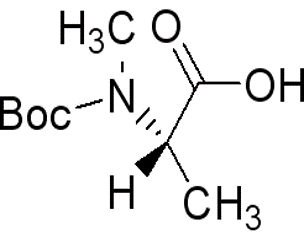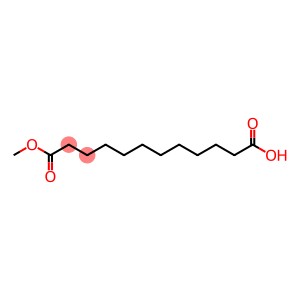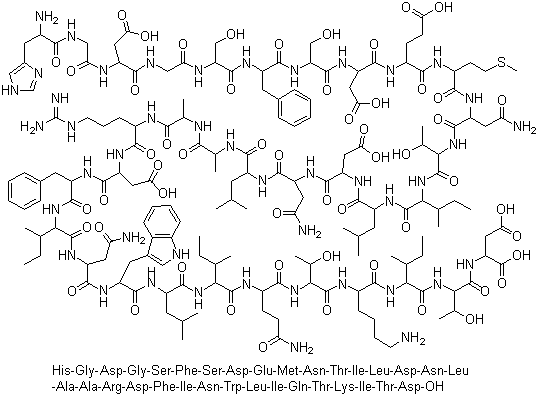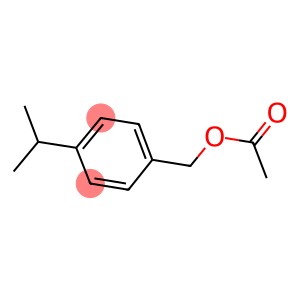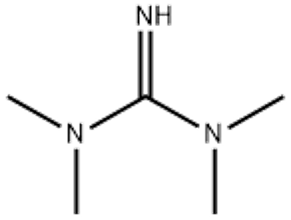Tricosene(CAS# 27519-02-4)
| Hazard Symbols | Xi – Irritant |
| Risk Codes | R36/37/38 – Irritating to eyes, respiratory system and skin. R20/21 – Harmful by inhalation and in contact with skin. |
| Safety Description | S24/25 – Avoid contact with skin and eyes. S36 – Wear suitable protective clothing. S26 – In case of contact with eyes, rinse immediately with plenty of water and seek medical advice. |
| WGK Germany | 2 |
| RTECS | YD0807000 |
| TSCA | Yes |
| HS Code | 29012990 |
| Hazard Note | Irritant |
| Toxicity | LD50 in rabbits (mg/kg): >2025 dermally; in rats (mg/kg): >23070 orally (Beroza) |
Introduction
Attractant is an insecticide with the chemical name of 2,3-cyclopentadiene-1-one. It is a colorless liquid in nature and has a strong pungent odor. Attractant is a broad-spectrum insecticide that can effectively control pests on a variety of crops, such as aphids, borers, beetles, etc.
Attractants mainly work by affecting the nervous system of insects. It interferes with the conduction of neurotransmitters in the worm’s body, causing the worm to be paralyzed and die.
The preparation method of attractene is mainly through chemical synthesis. A common synthesis method is to react cyclopentadiene and nitric oxide to form 2,3-cyclopentadiene-1-nitrogen oxide, and then reduce the reaction to obtain attractene.
It has a pungent odor and vapour, and should be used with protective equipment to avoid inhalation or contact with skin and eyes. During use, proper operating procedures should be followed and proper ventilation conditions should be ensured. Attractants have a certain toxicity to aquatic organisms and should be avoided around water bodies. When storing and handling carpentenes, follow the relevant safety operating procedures to avoid leakage and contamination with other chemicals. Proper use and proper handling of carfenene can help reduce potential harm to human health and the environment.



